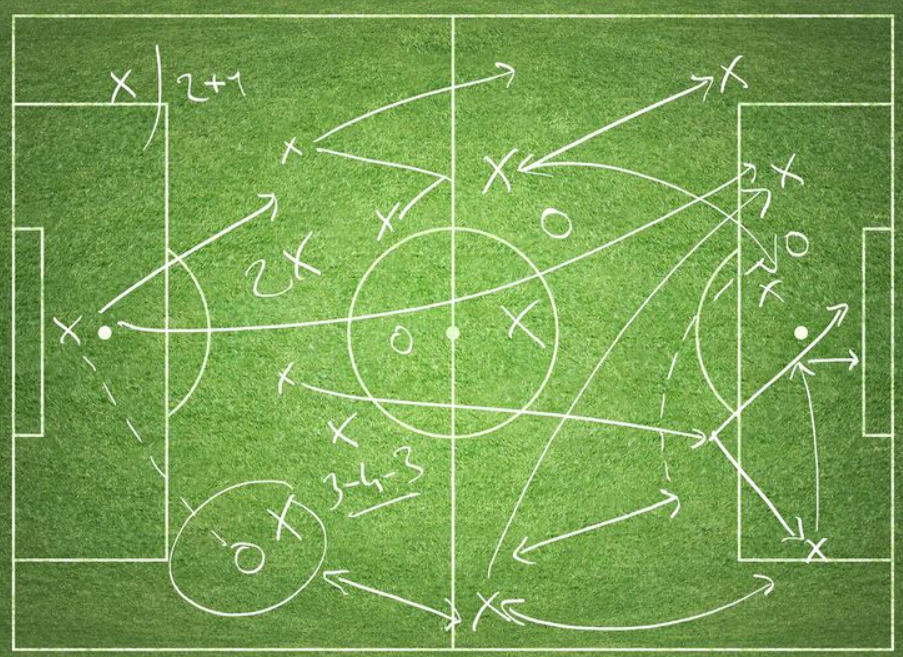In football betting, statistics are no longer a bonus — they’re a foundation. Among the sea of data, two metrics stand out when it comes to evaluating attacking efficiency: Expected Goals (xG) and Shot Conversion Rate. They’re often mentioned side by side, but they tell different stories. So which one should bettors actually trust?
Let’s break down how each metric works, when it’s most useful, and how to apply it properly when analyzing a football team’s performance.
Understanding Expected Goals
Expected Goals is a modern analytical tool that assigns a value to every shot attempt. This value, typically between 0 and 1, reflects the probability that the shot results in a goal based on a variety of factors:
-
Distance to goal
-
Shot angle
-
Body part used (foot, head, etc.)
-
Assist type (through ball, cross, etc.)
-
Defensive pressure
For example, a shot taken from six yards with no defender in sight might carry an xG of 0.75 meaning that, historically, 75% of similar shots have ended in goals.
xG is not concerned with whether a shot was scored. Instead, it asks: how likely was that shot to become a goal?

What Is Shot Conversion Rate?
Shot Conversion Rate is more straightforward. It’s the percentage of a team’s total shots that result in goals. If a team takes 100 shots and scores 15 goals, their shot conversion rate is 15%.
Unlike xG, conversion rate doesn’t account for shot quality a long-range effort and a tap-in are counted equally. This simplicity makes it easy to understand, but it can also be misleading if taken without context.
Comparing the Two Metrics
Both metrics offer value — but they serve different purposes.
| Metric | Measures | Strengths | Weaknesses |
|---|---|---|---|
| Expected Goals (xG) | Shot quality and probability | Rich in context, identifies chance value | Doesn’t account for finishing ability |
| Shot Conversion Rate | Actual outcome of shot attempts | Easy to track, reflects clinical form | Ignores shot difficulty and context |
xG focuses on chance creation, while conversion rate reflects chance execution.
Practical Application for Bettors
When used separately, each metric can create a distorted picture. A team with high xG but low shot conversion may be creating good chances but struggling to finish. This might suggest poor form, lack of composure, or simply bad luck.
On the other hand, a team with a high shot conversion rate and low xG could be scoring difficult or low-quality chances — often unsustainable over time.
Smart bettors look for alignment or contrast between these metrics to identify trends.
When xG is especially useful:
-
Evaluating whether a team’s scoring record is sustainable
-
Spotting teams who create high-quality chances but lack results
-
Comparing team performance beyond just goals scored
When Shot Conversion adds value:
-
Identifying teams or players in clinical form
-
Tracking short-term finishing efficiency
-
Assessing how often a team turns chances into actual goals
The Role of Sample Size
It’s important to consider sample size when working with these metrics. Shot conversion can fluctuate wildly over 2–3 matches but evens out over 10–15. Similarly, xG becomes more predictive when applied across multiple games, rather than a single performance.
Jumping to conclusions based on a small stretch of form such as one team “underperforming their xG” in just two fixtures often leads to poor judgement.
xG and shot conversion rate are not rivals they are complementary tools. xG tells you what should have happened; shot conversion shows what did. To rely on one and ignore the other is to miss half the story.
For bettors looking to understand how a team is really performing — not just what the scoreline says the combined use of these metrics brings clarity. It sharpens analysis, reveals trends, and reduces emotional decision-making.
In a space where margins are everything, the edge often lies in knowing which numbers speak the truth and when to listen to them.
